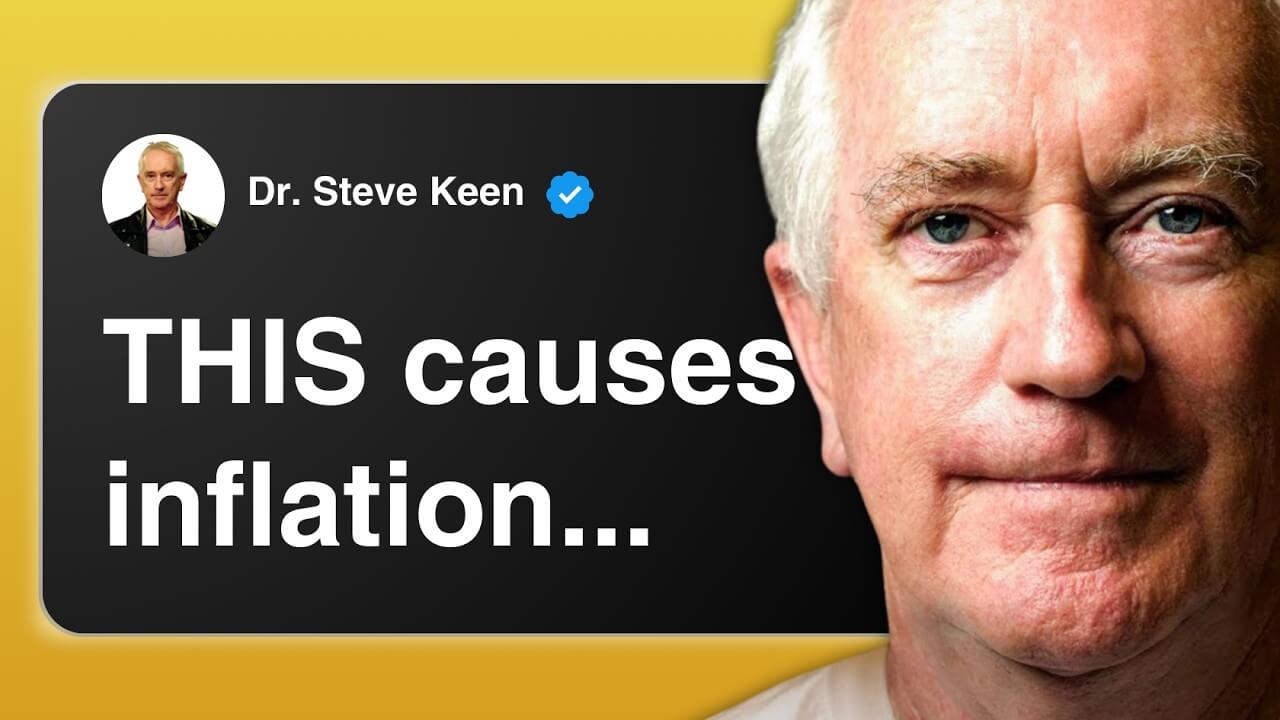A look at the critique of Gerald Friedman’s analysis of the Sanders economic program. Alan Harvey
Gerald Friedman has taken a hit from the national press and four former chairs of the President’s Council of Economic Advisers. Friedman’s analysis of the economic effects of Bernie Sanders’ economic proposals projected five-plus percent growth rates in the first three years of the program. The CEA chairs lambasted the projections as fantastic. Austan Goolsbee caricatured them as “flying puppies.” The CEA’s attack was immediately challenged by James K. Galbraith and others, who pointed out that Friedman was using standard economic models and concepts, similar to those used at the Congressional Budget Office (CBO) and the CEA itself.
What is it then, standard fare or fantasy economics?
First, a bit of speculation The timing of and absence of detail in the attacks suggest the four CEA chairs responded to the headline numbers without having studied the detail. A second consideration is that Friedman personally supports Hillary Clinton, so the motive for bias is not clear. A third piece of context is the historical record, which shows that five-plus growth is not unprecedented. It was – as Galbraith pointed out – last seen in the mid-1980s during Ronald Reagan’s military build-up accompanied by federal budget deficits far exceeding any in the post-war era prior to Reagan. Note also that the average growth rate under Democratic presidents prior to Barack Obama was 4.2 percent.
Subsequent to Galbraith’s challenge, at least one of the CEA chairs responded with a more detailed view, picking apart Friedman’s methodology. Christina Romer’s review was featured in the New York Times in a piece by Justin Wolfers, though it is not clear that she went as far as Wolfers in her disparagement of Friedman’s methods. Romer criticized Friedman for confusing stocks and flows, suggesting – as I understand it – that the Friedman analysis projected multipliers too far into the future. The multiplier is the increment of new activity produced by an investment or government spending program. The stimulus money spent is income to workers and businesses, who each save some, but spend most, which becomes income to other workers and businesses and results in further spending.

The nature of multipliers is a fascinating and neglected area of economics which we could happily explore at a length not appropriate to this piece. A study done by mainstream economists Mark Zandi and Alan Blinder (conservatively) estimated multipliers that vary from very low – in the .33 area, implying a dollar’s worth of spending produces only thirty-three cents of GDP (for corporate tax cuts) to 1.57 (for infrastructure spending) and 1.74 (for increases in food stamps).
There is additional evidence that multipliers have degraded over time, having been much higher in the 1950s and 1960s. [The role of private debt in eroding multipliers should not be ignored, as it seems to have grown as multipliers declined. The 2008 Bush stimulus plan projected much higher multipliers for tax cuts than was experienced. It is likely that many recipients used the tax cuts to pay down debt rather than spend on into the economy.]
Christina Romer is uniquely qualified to discuss overreach in projections, since she was chair of the CEA during the Obama stimulus period and famously forecast an immediate reduction in unemployment that did not materialize. This failure was seized upon by Republicans to discredit government stimulus entirely. We can, of course, look back and see the economic effects, which were substantial. But because they did not match the projection, the theory of the projectors suffered.
The Obama stimulus (ARRA – American Redevelopment and Recovery Act) was poorly designed, as Joseph Stiglitz pointed out. It was essentially divided in three: (1) Tax breaks for business investment, which has always had a low multiplier, since businesses invest when they see profit, not when they get tax breaks, (2) Subsidies to households, who used them as often for paying down debt as for spending, and (3) Infrastructure spending, which DID have a substantial effect, but with only $200 billion in effective stimulus, the Act fell far short of its promise.
Stimulus also suffered a Larry Summers moment, or moments. “Timely, targeted and temporary” was Summers’ mantra in support of the ineffective Bush effort. As an Obama administration official, Summers was implicated in keeping the ARRA too low. Both Romer and Summers seem to have conflated all multipliers into one.

All of this argues for substantial, strategic and sustained. This point was made repeatedly in the aftermath by academics and public policy analysts in the period after the stimulus. But it was too late, and the political will had been used up.
Romer appears to suggest in the Wolfers piece that multipliers act only during the period of stimulus spending, and she faults Friedman for misunderstanding stocks and flows. It should be obvious, however, that a measure which provokes additional private investment can claim credit for economic activity induced by that additional investment. If Ms. Romer is suggesting otherwise, she is wrong. Investment in equipment and facilities by government contractors and investment in housing by newly employed workers would be among the most likely sources of induced stimulus. Consumer goods producers would have less incentive to invest, since there is large unused capacity already extant, and new investment in the consumer goods sector is as likely to happen in China as in the US, shipping the stimulus offshore.
The Sanders plan IS substantial, strategic and sustained. Infrastructure spending is included, at $200 billion per year (the American Society of Civil Engineers estimates $3.6 trillion is needed by 2020). The health insurance and higher education initiatives benefit for spending that is not offshore-able.
In the end, whether Friedman over-promises as Romer did is open to question. At a minimum his analysis is not fantastic or too far outside the orbit of the mainstream. The political will to get programs of this scale through Congress likely would require the motivation of another crisis like that of 2008. The political nature of the critique is for the reader to decide.
More to read:
How Commercial Lawyers Help Your Business Navigate Legal Challenges
A Modern Jubilee



